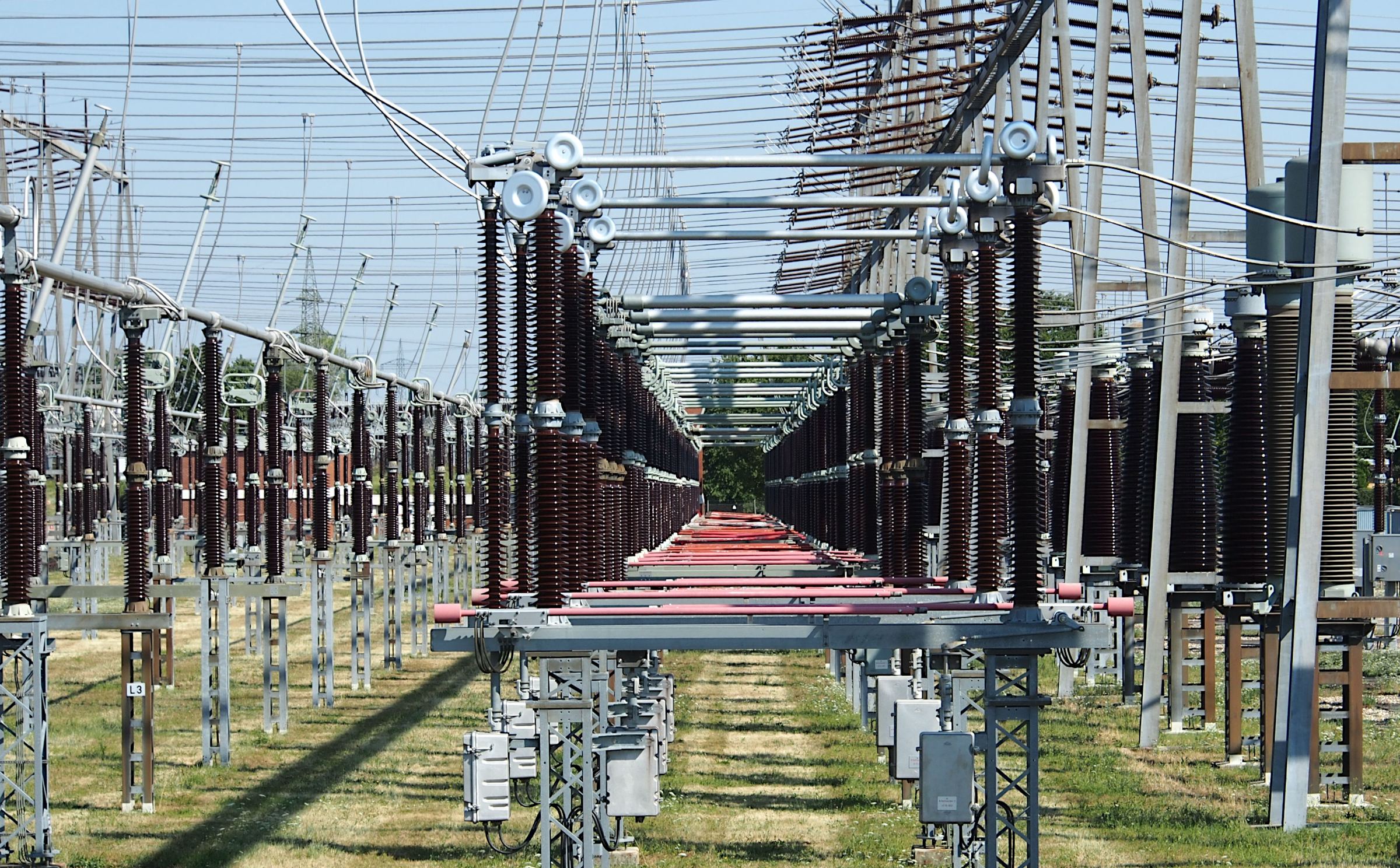CLIMATE-RESILIENT WHEAT CULTIVATION IN ARID SIBI, BALOCHISTAN
Keywords:
Climate variability, CROPWAT, Drought tolerance, Yield response factor, Sustainable agricultureAbstract
This study investigates the impact of climate variability on wheat cultivation in the arid region of Sibi, Balochistan, where agriculture is highly exposed to water scarcity and erratic rainfall. With nearly 40% of farmland under wheat, the objective was to identify the most suitable variety for sustainable production under limited water availability. FAO’s CROPWAT model was applied to estimate crop water requirements (CWR), irrigation scheduling, and yield response to water stress (Ky) for four varieties: Dilkash-20, Lalma, Wafaq-23, and Arooj. Climatic, soil, and crop data from 2024 were used to calculate evapotranspiration, effective rainfall, and irrigation demand. Results indicate that Lalma demonstrated the greatest drought tolerance (Ky = 0.41), making it most suitable for water-scarce conditions, while Dilkash-20 and Arooj exhibited high sensitivity (Ky > 2.5). Although rainfall in 2024 reduced irrigation demand, projections suggest increasing water requirements under rising temperatures and declining precipitation. The study recommends adoption of smart irrigation, drought-tolerant varieties, conservation agriculture, and supportive water management policies to ensure sustainable wheat production in arid environments.















